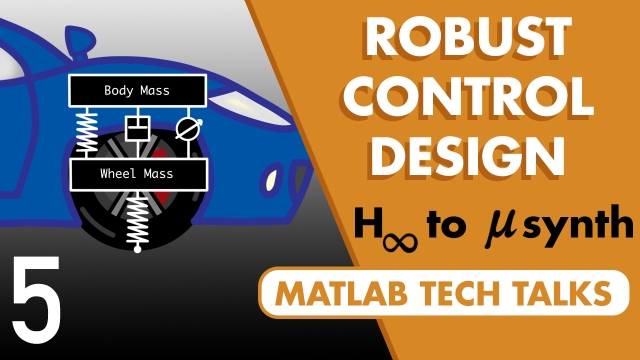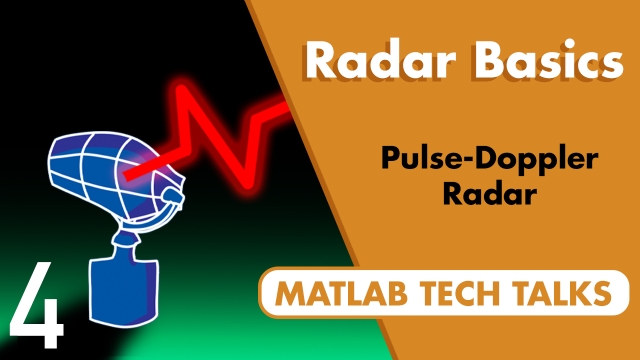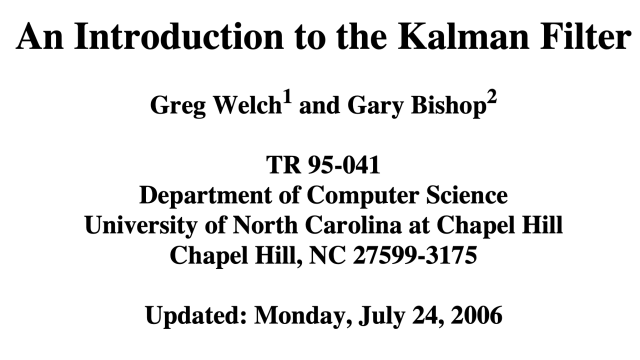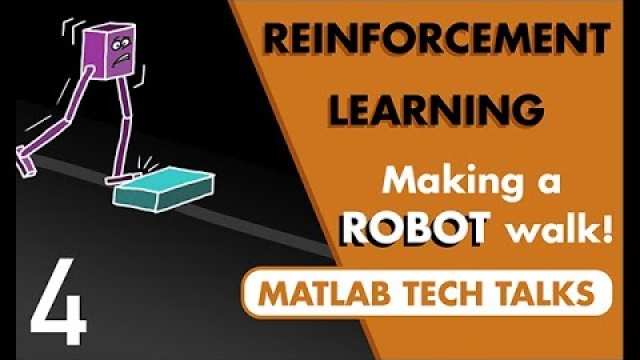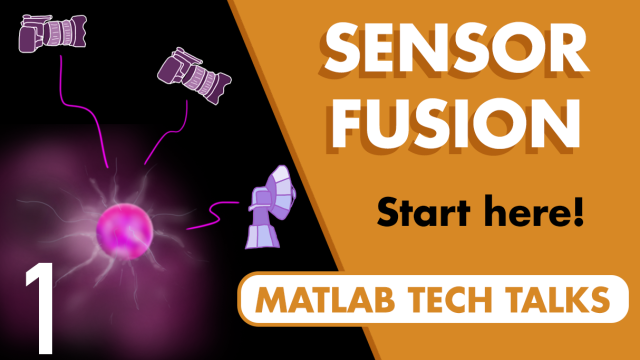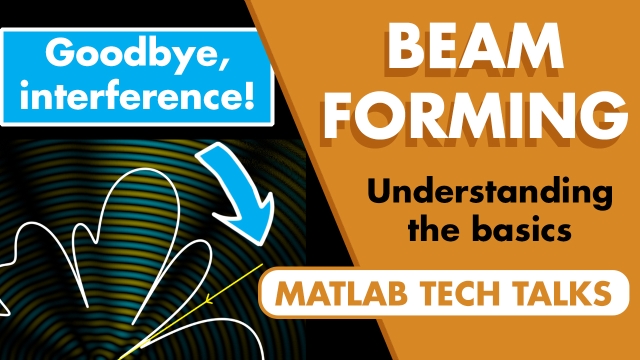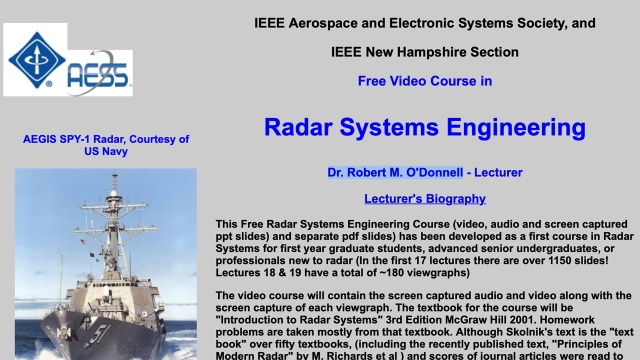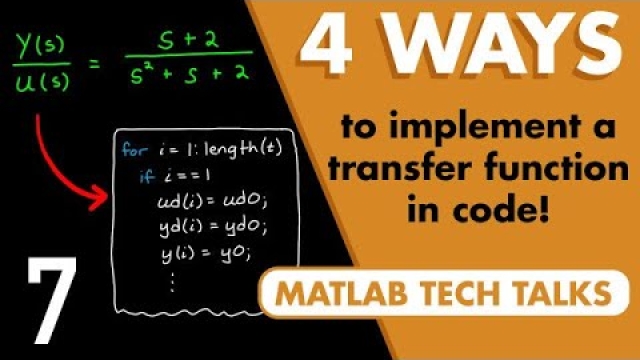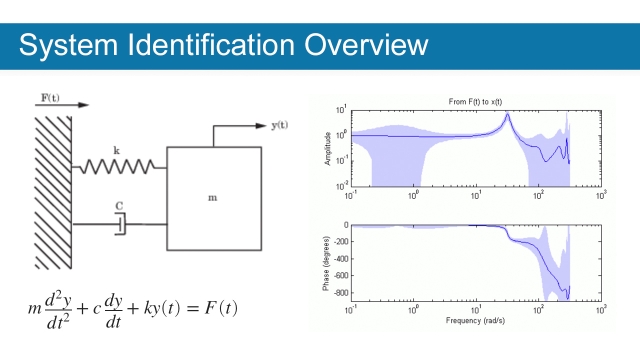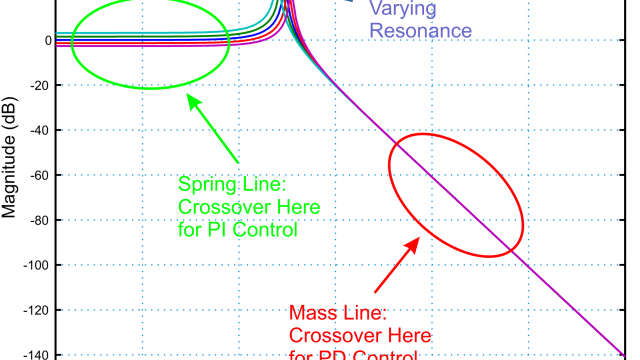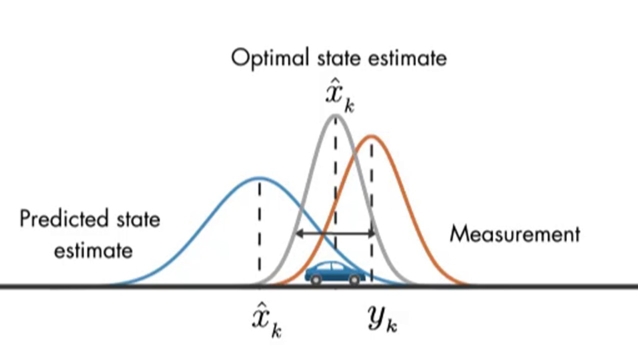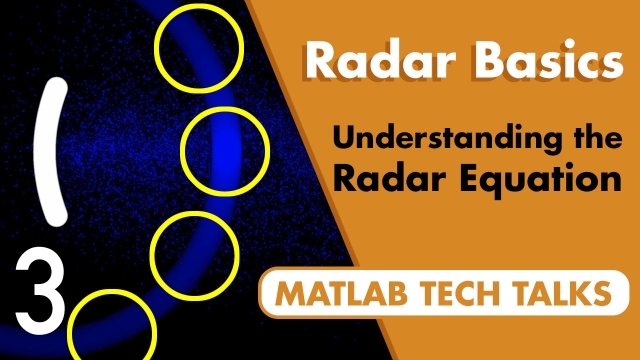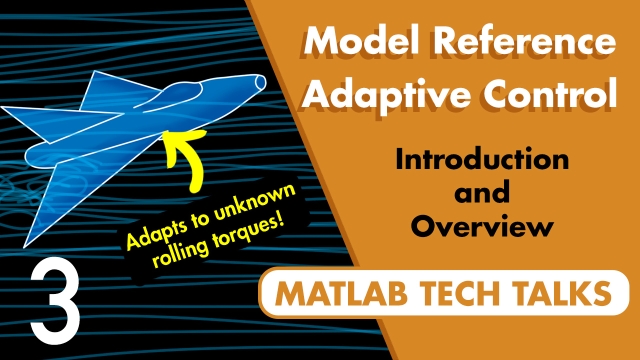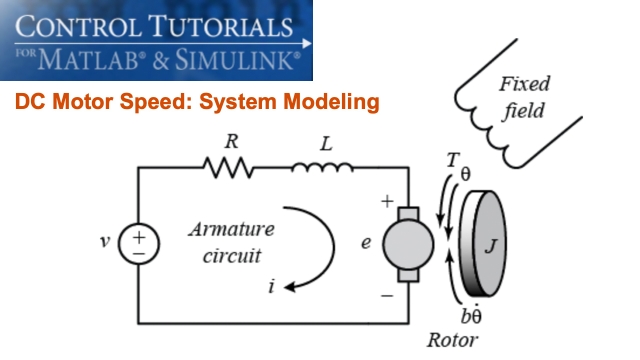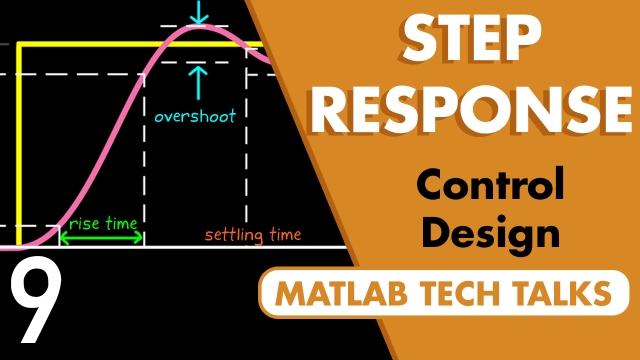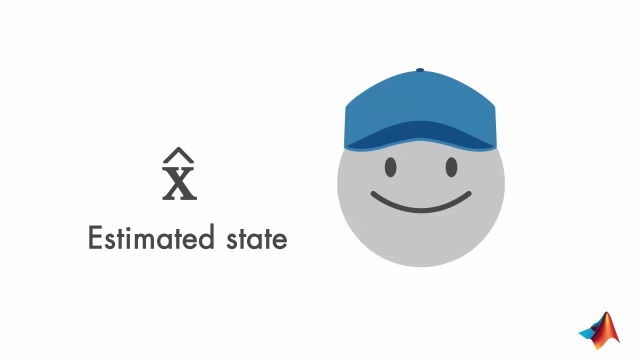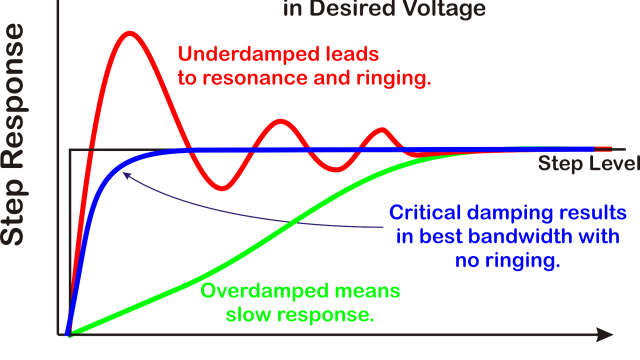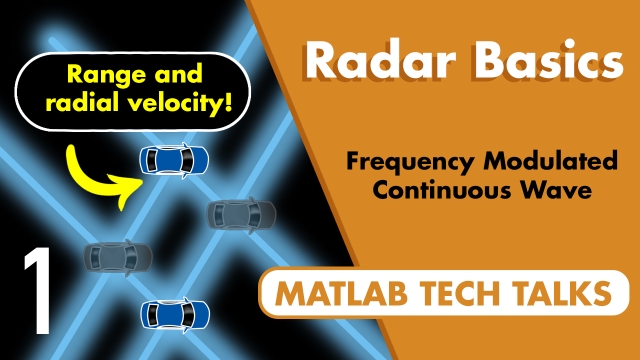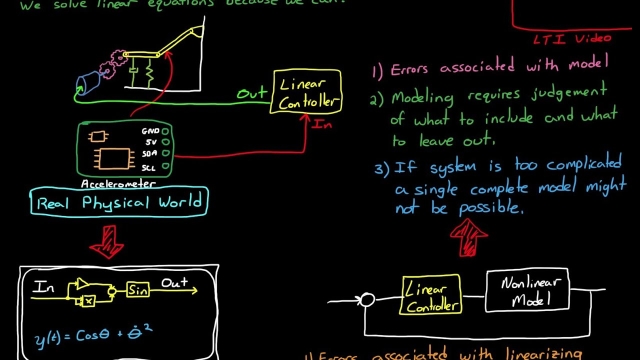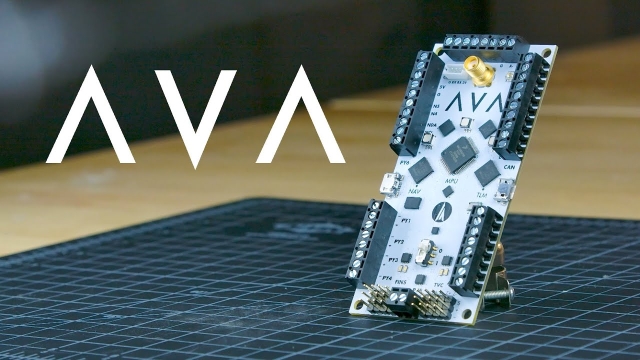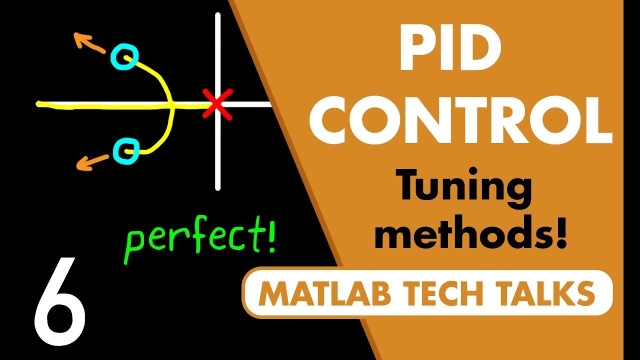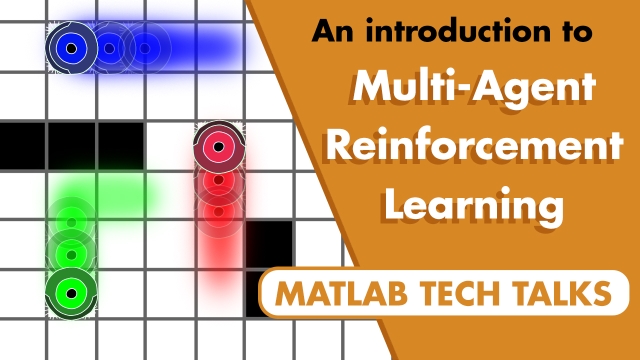
Type
Experience
Scope
Robust Control, Part 5: H Infinity and Mu Synthesis
This video walks through a controller design for an active suspension system. Actually, we design two controllers. For the first, we use H infinity synthesis to design a controller for a...
See MorePulse-Doppler Radar | Understanding Radar Principles
his video introduces the concept of pulsed doppler radar. Learn how to determine range and radially velocity using a series of radar pulses. We cover pulse compression and the matched filter...
See MoreAn Introduction to the Kalman Filter
The purpose of this paper is to provide a practical introduction to the discrete Kalman filter. This introduction includes a description and some discussion of the basic discrete Kalman...
See MoreReinforcement Learning for Engineers, Part 4: The Walking Robot Problem
This video shows how to use the reinforcement learning workflow to get a bipedal robot to walk. It also looks at how to modify the default example to make it look more like how one would set...
See MoreUnderstanding Sensor Fusion and Tracking, Part 1: What Is Sensor Fusion?
This video provides an overview of what sensor fusion is and how it helps in the design of autonomous systems. It also covers a few scenarios that illustrate the various ways that sensor...
See MoreAutonomous Navigation, Part 2: Understanding the Particle Filter
This video presents a high-level understanding of the particle filter and shows how it can be used in Monte Carlo localization to determine the pose of a mobile robot inside a building. We...
See MoreAn introduction to Beamforming
This video talks about how we actually have more control over the shape of the beam than just adding additional elements, or adjusting the position and orientation of the elements. We can...
See MoreRadar Tutorial (English)
This page provides a detailed overview of radar principles and technologies, including mathematical, physical and technical explanations. “Radartutorial” explains the fundamentals of radar...
See MoreStanford Engineering Everywhere: CS223A - Introduction to Robotics
The purpose of this course is to introduce you to basics of modeling, design, planning, and control of robot systems. In essence, the material treated in this course is a brief survey of...
See MoreFree Video Course in Radar Systems Engineering
This Free Radar Systems Engineering Course (video, audio and screen captured ppt slides) and separate pdf slides) has been developed as a first course in Radar Systems for first year...
See MoreControl Systems in Practice, Part 7: 4 Ways to Implement a Transfer Function...
In some situations, it is easier to design a controller or a filter using continuous, s-domain transfer functions. We have a lot of mathematical tools that make analyzing and manipulating...
See MoreSystem Identification Overview
System identification is a methodology for building mathematical models of dynamic systems using measurements of the input and output signals of the system. This overview from Mathworks...
See MoreWhat's a Control System and Why Should I Care? A whirlwind tour through the ...
This paper aims to provide some introduction, a cheat sheet, and some context for college level STEM students about to take that first controls class. In some cases, it provides context...
See MoreUnderstanding Kalman Filters, Part 3: An Optimal State Estimator
Watch this video for an explanation of how Kalman filters work. Kalman filters combine two sources of information, the predicted states and noisy measurements, to produce optimal, unbiased...
See MoreThe Radar Equation | Understanding Radar Principles
Learn how the radar equation combines several of the main parameters of a radar system in a way that gives you a general understanding of how the system will perform. The radar equation is a...
See MoreAdaptive Control Basics: What Is Model Reference Adaptive Control?
Use an adaptive control method called model reference adaptive control (MRAC). This controller can adapt in real time to variations and uncertainty in the system that is being controlled...
See MoreDC Motor Speed: System Modeling
This examples walks through modeling a simple DC motor in MATLAB.
See MoreControl Systems in Practice, Part 9: The Step Response
This video covers a few interesting things about the step response. We’ll look at what a step response is and some of the ways it can be used to specify design requirements for closed loop...
See MoreUnderstanding Kalman Filters, Part 2: State Observers
Learn the working principles of state observers, and discover the math behind them. State observers are used for estimating the internal states of a system when you can’t directly measure...
See MoreIntroducing Feedback Control to Middle and High School STEM Students, Part 2...
This paper was presented at the 2019 IFAC Advances on Control Education Conference (IFAC-ACE), Philadelphia, PA, USA, July 7-9, 2019, and is in the conference proceedings. This paper aims at...
See MoreFMCW Radar for Autonomous Vehicles | Understanding Radar Principles
Watch an introduction to Frequency Modulated Continuous Wave (FMCW) radar and why it’s a good solution for autonomous vehicle applications. This demonstration will show how FMCW radar can...
See MoreModeling Physical Systems, An Overview
This video sets the stage for the topics that I want to cover over the next month or two. This is an overview of how you go from a physical system to a linear model where you can design a...
See MoreThe AVA Flight Computer
This video describes the board design, hardware architecture, and software components of the All Vehicle Avionics (AVA) flight computer that was designed by Joe Barnard of BPS Space. This...
See MoreUnderstanding PID Control, Part 6: Manual and Automatic Tuning Methods
The previous video showed three different approaches to developing a mathematical model of your physical system. Now that we have this model, we can use it to tune a PID controller that will...
See MoreAn Introduction to Multi-Agent Reinforcement Learning
Learn what multi-agent reinforcement learning is and some of the challenges it faces and overcomes. You will also learn what an agent is and how multi-agent systems can be both cooperative...
See More
